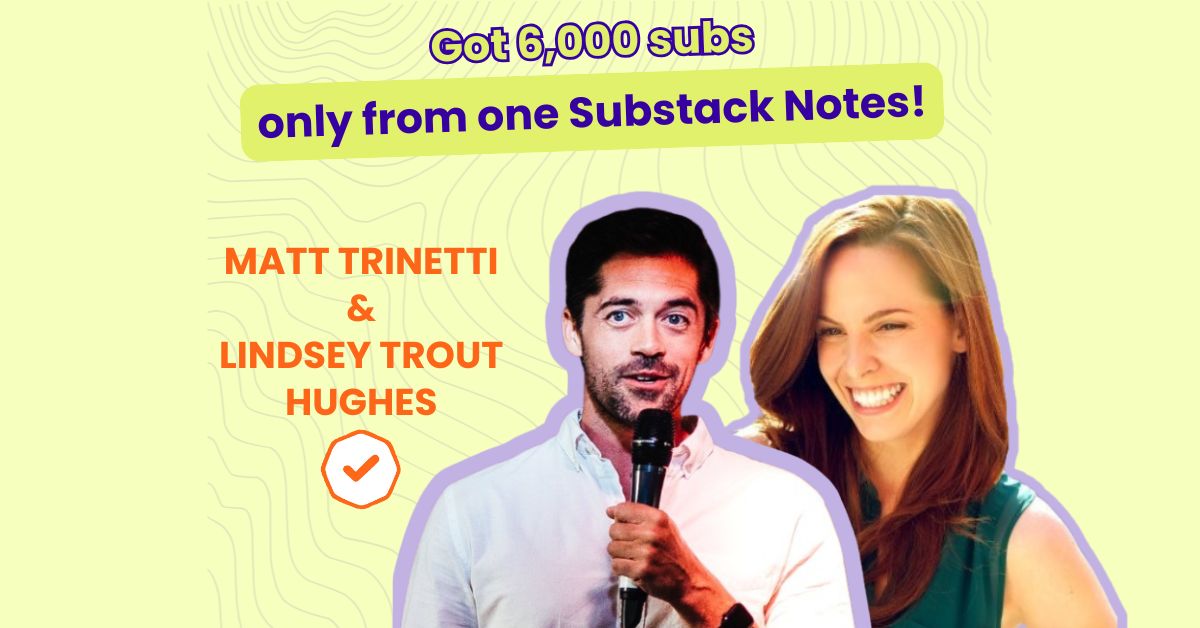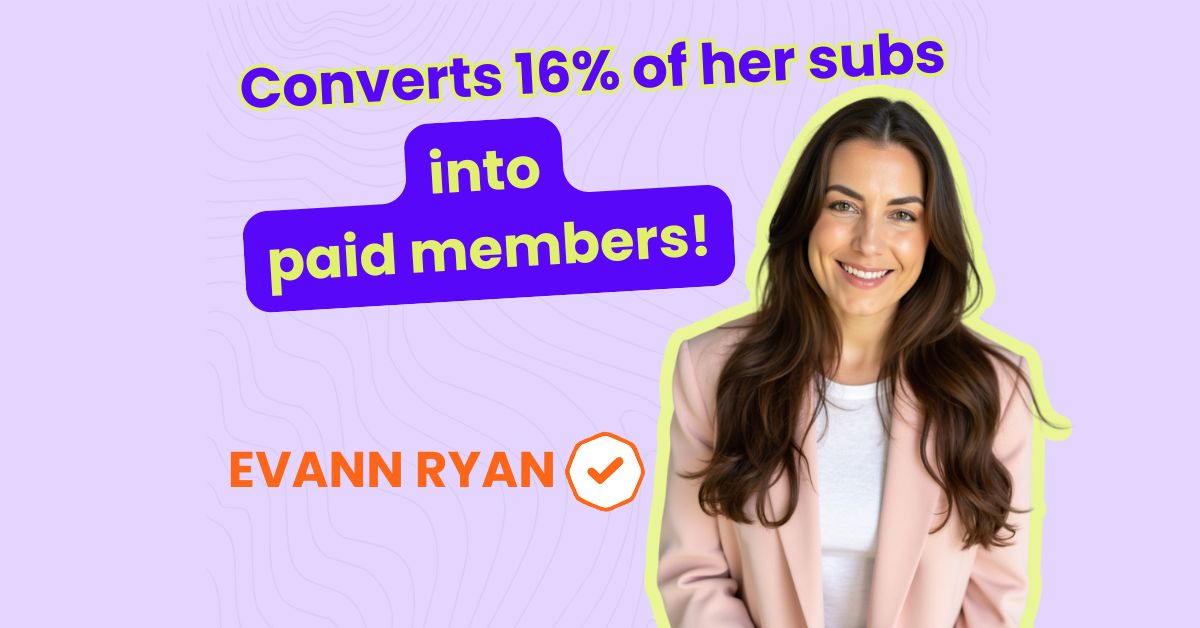Interview Date: April 20, 2025
Table of Content
- Meet Alex Dobrenko`
- Newsletter Identity Card
- Tools he uses to run his newsletter
- How he started his newsletter
- How he grew over 17,000 subcribers
- His paid subscription strategies to become a Substack bestseller
- Personal & professional impact of running a newsletter
MEET THE CREATOR
Alex Dobrenko is a TV writer, actor, and all-around comedy mind who’s made Substack his creative playground.
He runs multiple newsletters but his main focus is Both Are True—a newsletter where he blends absurdist humor with heartfelt vulnerability.
Alex has grown Both Are True into a Substack Bestseller with over 17,000 subscribers and 350+ paying members.
By experimenting with new formats, fostering genuine community connections, and playfully critiquing online culture, he’s transformed what began as a side project into a powerful professional portfolio—one that’s opened doors to full-time roles and freelance opportunities. He says:
Both Are True is honestly the main reason for my entire professional life these days.
He also got featured in Substack Reads and Substack’s co-founder Hamish McKenzie interviewed him about how he’s using Substack Notes.
In this interview, you’ll learn:
- Why Substack became the foundation for Alex’s entire professional life
- How he grew from 0 to over 17,000 subscribers
- His path to 350+ paying subscribers and a Substack Bestseller badge
- The surprising power of community and recommendations
- His honest struggles with monetization and what he’d do differently
Enjoy!
NEWSLETTER IDENTITY CARD
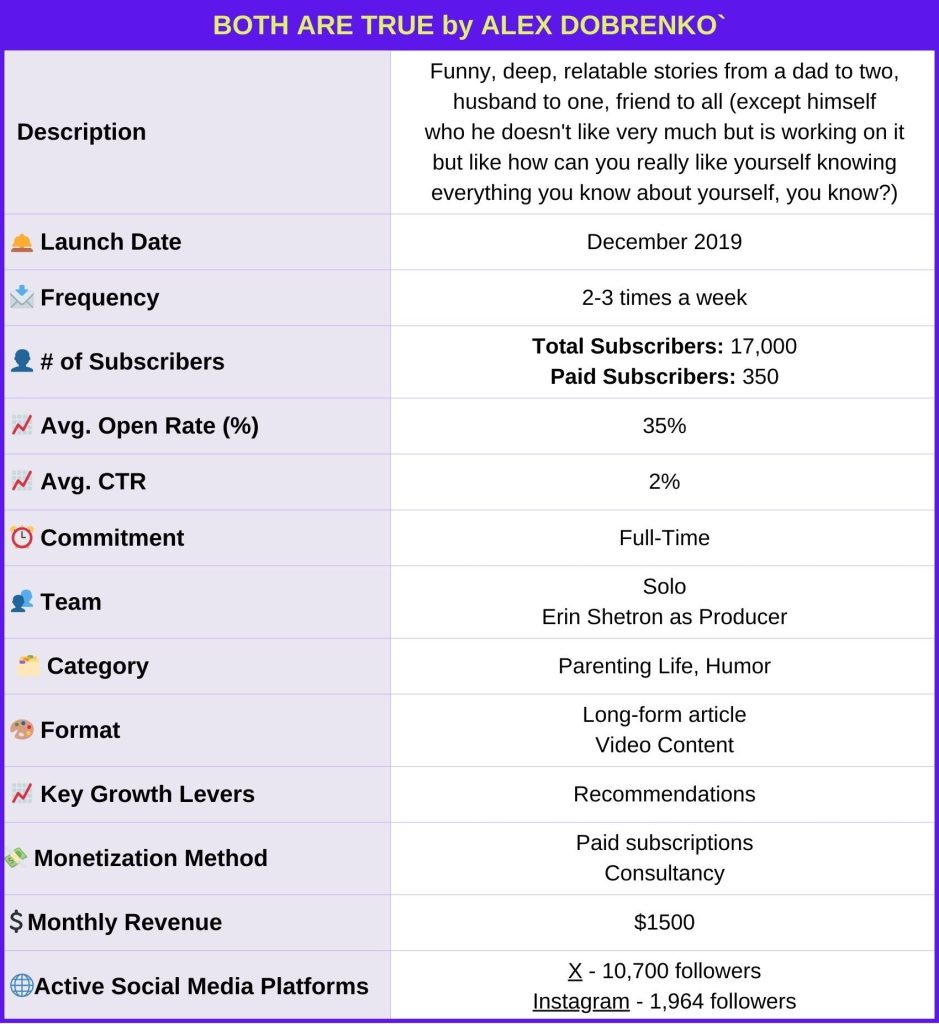
TOOL STACK
- ESP: Substack
- Writing: Google Docs
- Curation & Note taking: Sublime
- Design of visuals design: Adobe Photoshop
- Payments: Stripe
START
You run 5 newsletters at the same time and have over 46,000 subscribers in total. How and why did you start Both Are True in the first place? How do you position this newsletter among your other works?
Both Are True is my ride-or-die newsletter. It’s the first and really the only one that I take seriously that’s mine.
There is the Sublime newsletter which is a really cool startup I work for (an app for saving and discovering ideas!) and help manage their newsletter operations but that’s not my personal newsletter and then the rest of them are all joke newsletters of one kind or another:
- So you wanna write fiction? is a character I play who writes “tips” on writing but each post ends up just being about getting his ex-wife back.
- it’s sleepytime is me writing as the Sleepytime Tea bear and every post is just about him being really sleepy lol.
- Frankie’s Beans is me being a character named Frankie who I created when someone on Substack pretended to be me a few months ago. It’s a long, dumb story but basically this guy was commenting and posting on Substack as Alex Dobrenko telling everyone to WhatsApp him, so I did and pretended to be this guy Frankie Beans. It’s really dumb.
Writing these out, I realize that I have a fixation on these ‘joke substacks’ where I just do the same joke over and over again. I’ll probably do another one soon—I can’t really stop myself, it’s like these dumb ideas just need somewhere to go haha.
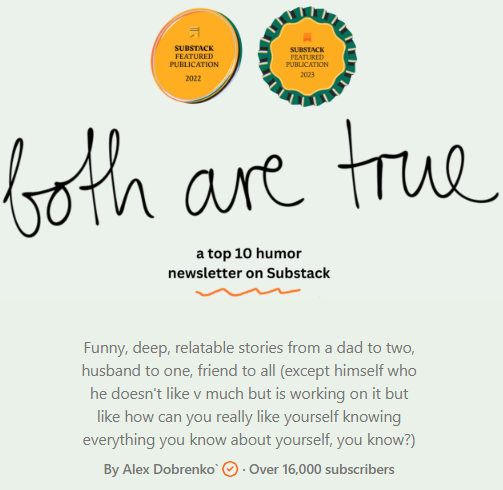
GROWTH
How did you gain your first 1,000 subscribers?
Honestly I have no recollection of how I pulled this off, but luckily I did write a post about it titled “How I grew this newsletter from 56 to 2,177 subscribers in less than a year“. Here are some of the top things that I feel like helped:
Write good. There’s really nothing that works better than actually writing good stuff. All of the hacks and tricks combined won’t work as well as people genuinely connecting with your work. And when it happens, you can feel it.
Make friends. Community kept me sane. Through the Substack Grow program (RIP—this was a six week program put on by Substack back in the early days to help writers grow), I met a lot of cool writers who I then contacted via email and asked to be my friend. I also joined communities like the Soaring Twenties Social Club. Anything to feel less alone.
Recommendations. I shared my work in newsletter recommendation services like The Sample and got featured by other writers, like Rusty from Today in Tabs.
Engage with readers. I asked people to respond to my welcome email, which helped me connect with my audience and build a sense of community.
Experiment. I tried different formats, like the Messy Ass Spaces series, and leaned into what resonated most.
Figuring out how to pitch/talk about my Substack. This was honestly the biggest one, I think. During Substack Grow, they asked us to define clearly what we offered to our readers. I was stuck and reached out to Katie who helped me figure out what has stayed my one-liner even now, three years later:
Based on this conversation, I ended up going with the below:
“Absurd, honest comedy delivered twice a weekish through the vulnerable personal essays of Alex Dobrenko: friend to all, father to one, and tv actor+writer to anyone hiring.”
Which strategies did you use to grow over 16,000 subscribers?
1,000 – 5,000 Subscribers
I hit 1,000 subscribers in October 2022 and got to 5,000 in July 2023. During that time, Substack introduced its recommendations feature, which has played a huge part in my growth.

The biggest thing to flag here and really for my growth in general is bringing on Erin Shetron who continues to be responsible for most of BAT’s growth including but not limited to launching my paid offering (which I was terrified to do beforehand).
Erin saw potential in BAT and believed in me, she understood—and still understands, we’re still working together.
What I’m trying to do on both a post-to-post level and with the Substack as a whole, she has kept me from my own worst instincts, she reads each piece of mine before it goes out and helps me talk through the pieces—it’s in those conversations that we often figure out what the piece is actually about, and she has saved me from many a dive into self-loathing despair. Here’s an amazing profile on Erin by the great Amanda B. Hinton.
I also got featured in Substack Reads in Oct 2022!
5,000 – 10,000 Subscribers
I started at 5,000 in July 2023 and got to 10,000 in February 2024.
The big thing here is Substack Notes. I was on there so much in the early days that Substack’s co-founder Hamish McKenzie interviewed me about how I’m using the platform.
10,000 – 15,000+ Subscribers
From 10,000 in February 2024 to 15,000 in September 2024. More of the same, I think—not sure I did anything all that different here.
Sept 2024 till now and I’m at about 17,000. In terms of any strategies I used, honestly its been more of the same.
MONETIZATION
How did you gain your first 10 paid subscribers?
The first ten paid subscribers came as a result of this post announcing my paid offering and explaining why I was going paid in July 2022.
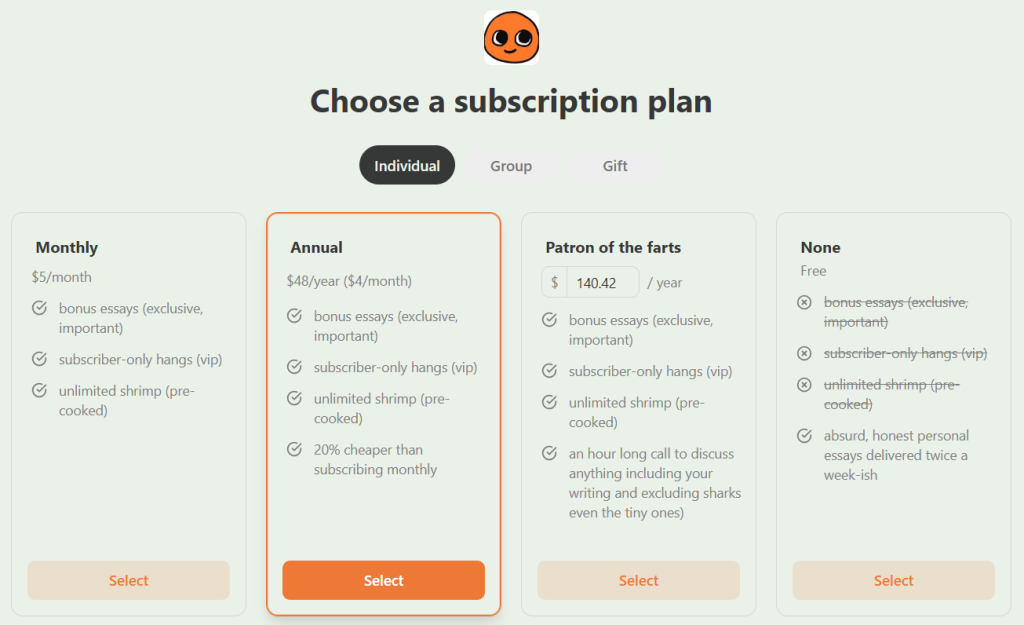
How did you gain your first 100 paid subscribers? How long did it take for you to become a Bestseller?
The first 100 paid subscribers all came from people who were free subscribers choosing to upgrade after reading one of a few posts—the top five are below.
I hit 100 on April 4, 2023, soon after Beautiful Disasters came out.
- i am very scared to do this but i’m even more scared not to do it so here we go (free)—13 paid subscribers
- i think my son hates me (free)—7 paid subscribers
- How I grew this newsletter from 56 to 2,177 subscribers in less than a year (free)—6 paid subscribers
- can everyone kindly shut the fuck up about AI (free)—8 paid subscribers
- Beautiful Disasters (paywall)—28 paid subscribers
I also promised that I’d write a weird essay from the voice of a 5th grader on how my wife and I met once we hit 50 paid subs, so having something to work toward probably helped lol.
I also wrote out what people can expect which helped maybe?
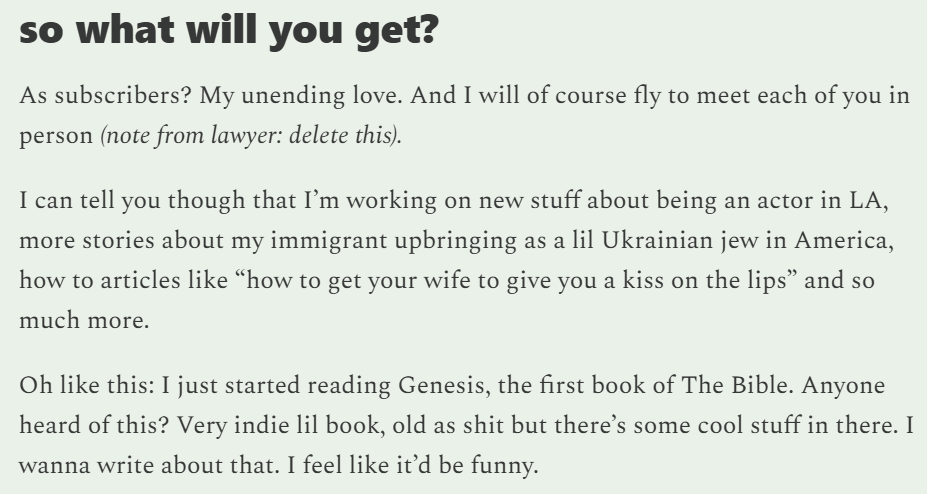
When did you launch your paid subscription and how did you decide that it was the right time for you to activate it?
I had 415 subscribers at that time and wavered for a while, but decided that there was never going to be a perfect time, so I might as well.
Among various strategies you’ve tried so far, which ones work best to grow your paid subscribers list?
The strategy that works best is to paywall essays that people want to read.
Besides that, I have offered a number of things that have all resulted in middling levels of success. This is honestly something I am still working really hard to figure out lol.
How did you decide what to offer differently to paid subscribers to make it compelling for them to join as paid members?
I think the best thing I could do back then and can do now is just to write really good stuff. It’s also the hardest thing to do.
What are your biggest lessons from running a successful paid subscription?
I would pick one clear thing that I am offering for paid subscribers and stick with it. Looking back through my old posts, I’ve launched and abandoned at least ten different ‘offerings’—that stinks. As I head into the next phase of BAT, I really want to pick one or two things and do them well, consistently.
IMPACT & LEARNINGS
How did building Both Are True newsletter contribute to your life professionally and personally?
The last two full-time jobs I’ve had were a direct result of Both Are True. I’ve also gotten a ton of clients who I help with writing and editing and Substack stuff more broadly, all via Substack.
Both Are True is honestly the main reason for my entire professional life these days.
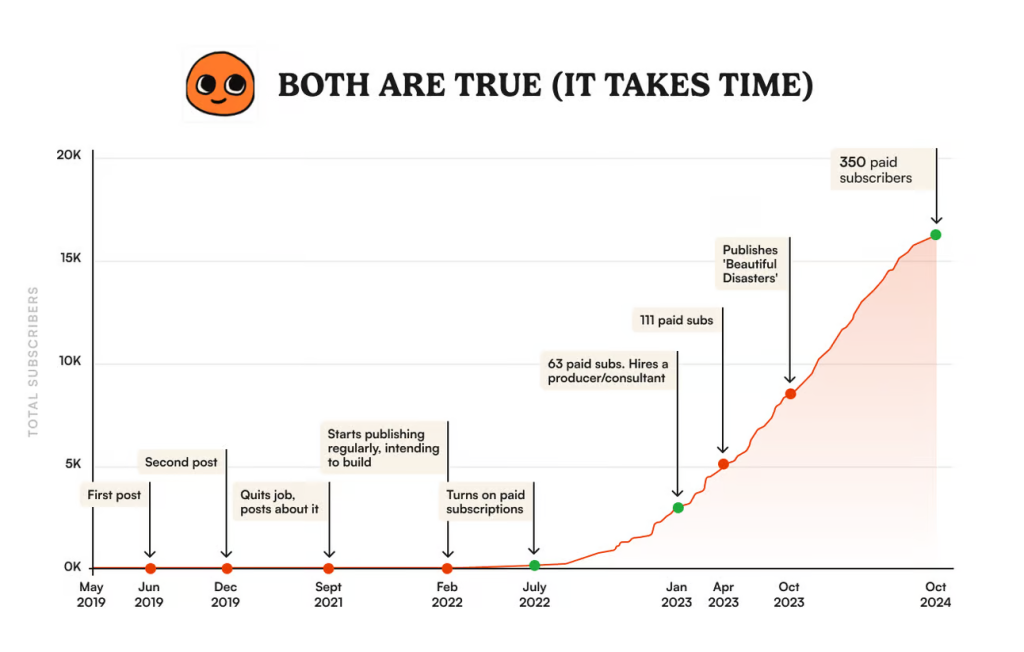
What would you do differently if you had a chance to start over Both Are True?
Pick a lane and stick with it regarding paid subscription offerings.
Also, take more time off—I suck so bad at taking any breaks, even when we had our first and second kids, I couldn’t bring myself to unplug truly.
What would it be if you had the right to give one piece of advice to aspiring newsletter creators?
If you write good enough for long enough, good things will probably happen. Everything else is noise.
I need this lesson for myself!
3 Popular Both Are True Issues
Where to find Alex
- “Both are True“ Newsletter
- X

